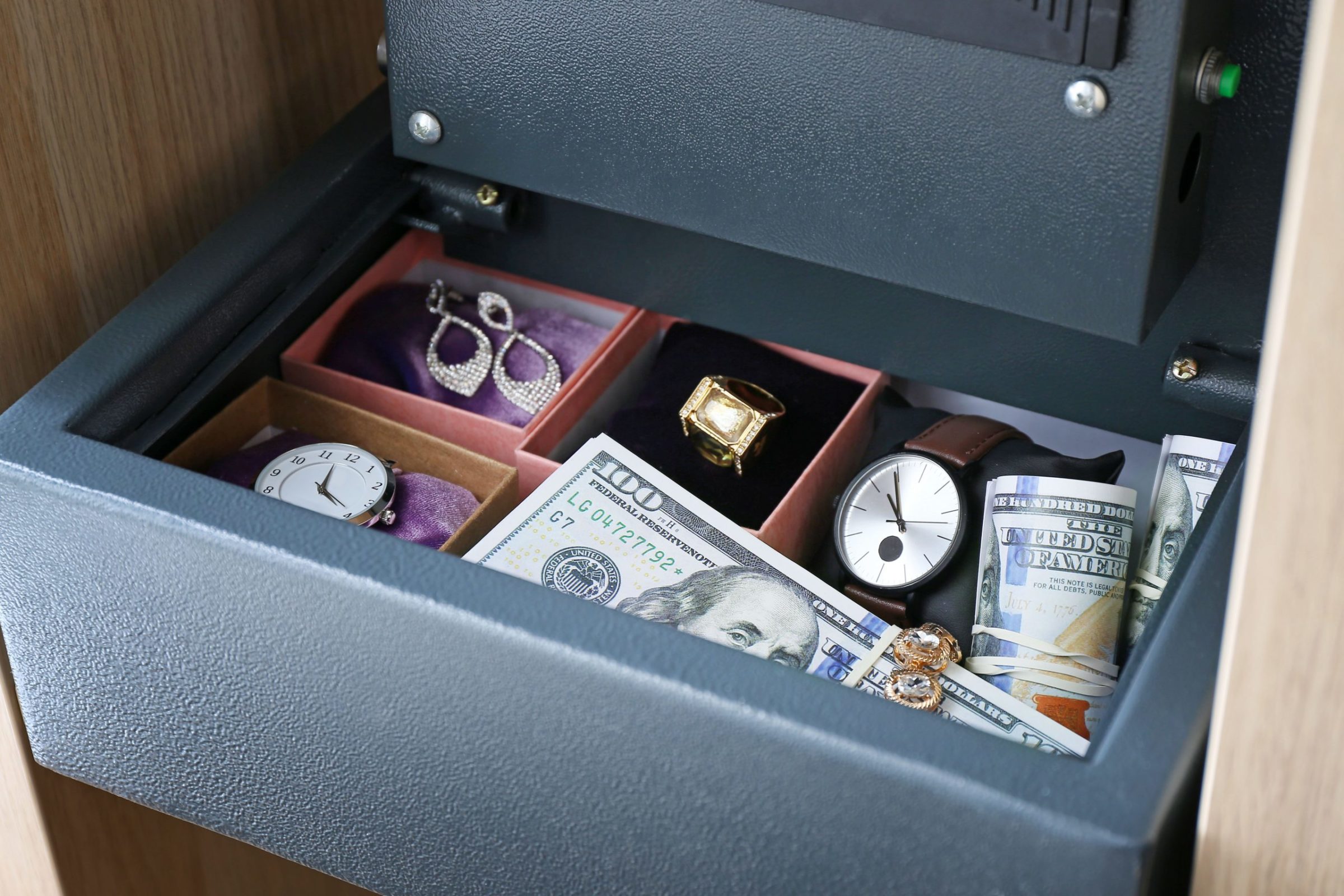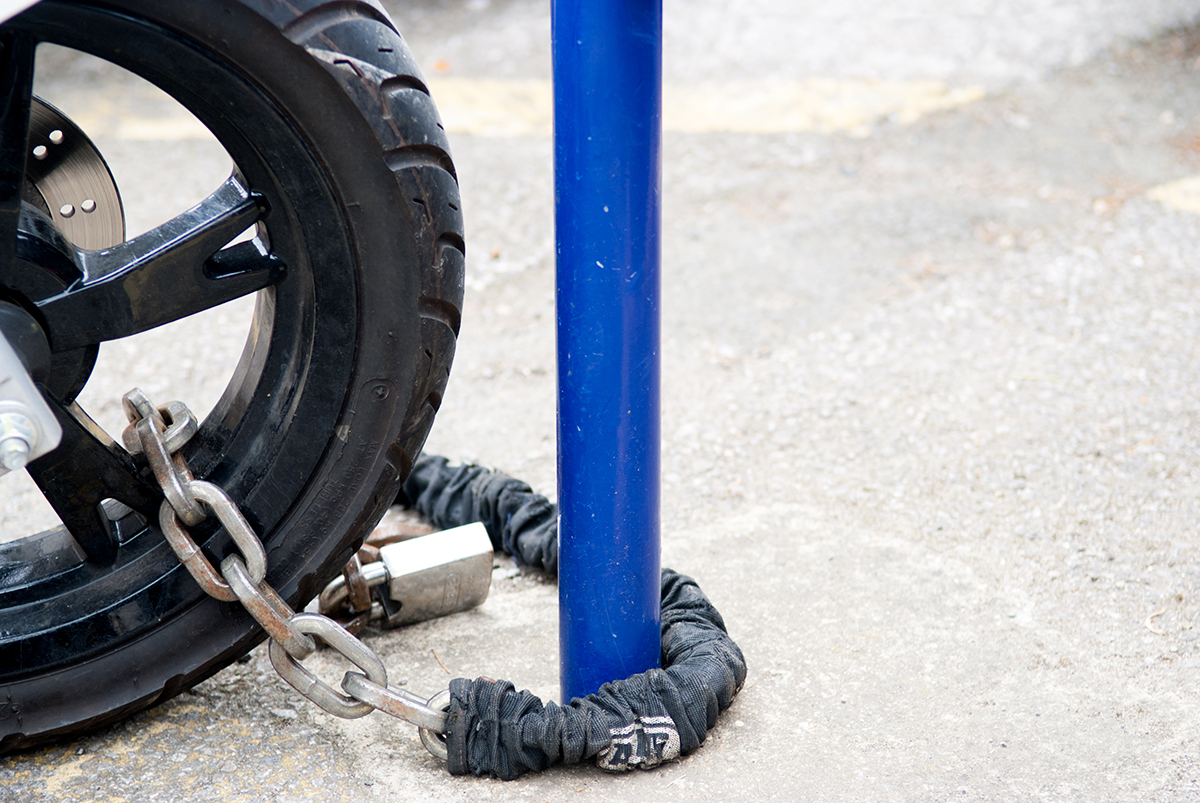In the event of a fire, flood, or other natural disasters, loved ones and pets come first.
But we all have those priceless mementos that represent our family legacies, past accomplishments, and cherished memories.
And if you don’t have a plan to protect valuables like these in an emergency, there may not be enough time to save them.
By nature, these situations are unpredictable. You never know how much time you’ll have to evacuate safely…
And that’s why having an action plan is so essential.
We’ve discussed how to prepare for home evacuations on our blog before, but in today’s guide, we’ll be covering what items you should prioritize, different ways to keep them safe, and the best steps to take in an emergency.
Step 1: Take Stock
Before creating your action plan, go through your home and identify any keepsakes or vital information that you absolutely need.
These could include family heirlooms, photos, jewelry, birth certificates, living wills, etc.
Knowing what and how many precious items you have can help you take the right precautions in the following steps.
Step 2: Make Copies & Protect the Originals
If you have original photos set up around the house, consider taking them down, making copies, and hanging up the duplicates.
That way, you can store the originals in a safe place in case your house floods or catches fire. The last thing you want to do in a home emergency is run through each room and try to collect all your family photos.
And the same goes for important documents. Duplicating your passports or other essential information can ensure you’ll still have all your proper identification if the worst should happen.
For an added layer of protection, you can upload these copies on a flash or hard drive and stow them away as well.
Step 3: Store Your Valuables
The next step is to keep your precious items in a secure location protected from the elements.
One of the best ways to do this is to invest in a water and fireproof safe.
They come in all shapes and sizes, including handheld boxes, small bolt-down safes, medium-sized file safes, and larger, more traditional safes.
Depending on what model you get, they can provide anywhere from a half-hour to two hours or more of protection from extreme heat, and upwards of seventy-two hours of protection from water damage.
This step is why taking stock is so important. Once you know how much you need to stow away, you can purchase the right size or combination of safes for your valuables.
Another simple way to protect your prized possessions is to get a safety deposit box at your local bank.
Having a deposit box can give you the peace of mind that your keepsakes and documentation are safe no matter what happens to your home.
Although, you may want to keep your valuables at home where you can appreciate them.
In that case, you could keep your mementos with you and leave your identification papers in a safety deposit box to lighten the load of things to worry about at home.
Have large items that won’t fit in a safe? Store them in plastic totes rather than cardboard boxes to keep the moisture out.
Step 4: Come Up With an Action Plan
If a fire breaks out in your home or it starts to flood, there’s no time to discuss what stays and what goes.
To prepare for an evacuation, you should sit down with your loved ones and create an emergency action plan that includes saving whatever valuables you can – the priority of course being the safety of everyone involved.
By now, you’ve already taken stock and selected the proper containers to keep your valuables in. The next step is to place them in easily accessible areas in case you have to rush out of the house.
If your area is prone to floods, it’s best not to keep these items in the basement or floor level. Find a closet or cabinet near an exit and place your valuables on a shelf.
Especially if you have small handheld safes, putting them in a convenient spot near a door will make them easy to grab on your way out.
If you have multiple containers, you can number them in order of importance so that if there’s only time to save one, you’ll know which one to choose.
And you can also coordinate with your spouse or loved ones as to who will take what container in an evacuation to make the process smoother.
Get Fast & Reliable Emergency Response With Rescu
Like your priceless possessions, time is precious – especially in an emergency.
If your house is on fire or flooding, you can’t afford to spend one second on the phone with a dispatcher.
With the Rescu mobile medical alert app, you can get the help you need right away without saying a word.
When you set up your account, you input your address, relevant medical information, and as many emergency contacts as you like.
When tragedy strikes, two taps are all that stand between you and emergency services. Once you’ve opened the app, tap fire, police, or medical, and then “Send Alert.”
Our subscriber-dedicated monitoring center will dispatch emergency responders to your pre-registered address instantly. No questions asked.
At the same time, the app will notify responders of your medical information and automatically contact everyone on your emergency contacts list.
Don’t wait to get help. Download Rescu today to get it when you need it, and not a second later.
Also, just a friendly reminder that we’ll be launching our Rescu Prime subscription with GPS-based dispatch service later this summer. For just $10 a month, you’ll be able to turn your phone into a GPS medical alert system.
Make sure to check back with us soon so you don’t miss out!





